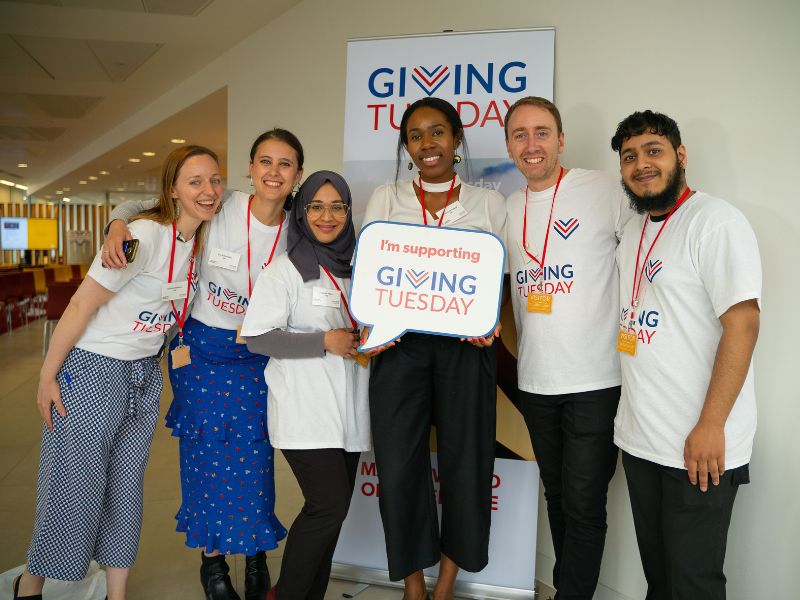
How to Write a Proposal: A Step-by-Step Guide for Non-Profits
Learn how to write a proposal with this step-by-step guide tailored for non-profit managers. Perfect for first-timers with limited budgets.
So, you’ve been tasked with writing a proposal for your non-profit, and it’s your first time. You’re probably feeling a mix of excitement and nervousness. Don’t worry, you’re not alone! Writing a proposal might seem daunting, especially when you’re working at a small start-up non-profit with a limited budget.
But with the right approach, you can create a compelling proposal that gets results. In this guide, we’ll walk you through how to write a proposal, step by step, to make the process easier and more manageable.
Understanding the Basics: What Is a Proposal?
Before diving into how to write a proposal, it’s important to understand what a proposal is and why it’s so crucial. A proposal is essentially a formal document that outlines your plan for a project, including the objectives, strategies, and resources needed.
In the context of a non-profit, a proposal is often used to secure funding, partnerships, or approval for a specific project. It needs to be clear, concise, and persuasive to convince stakeholders that your project is worth their investment.
Step 1: Identify the Purpose and Audience
The first step in how to write a proposal is to identify its purpose and audience. Are you seeking funding from a government grant, pitching a partnership with another organization, or getting approval for a new marketing campaign? Knowing the purpose will help you tailor your proposal to meet the specific needs of your audience.
Understanding your audience is equally important. What are their priorities? What do they care about most? For example, if you’re writing a proposal for a government grant, your audience will likely be looking for clear outcomes and how your project aligns with public policy goals.
Step 2: Research and Gather Information
Once you’ve identified the purpose and audience, the next step in how to write a proposal is to do your homework. Research is key to building a strong case for your project. Gather data, statistics, and case studies that support your project’s importance and feasibility.
For non-profits, this might include research on the community needs your project will address, potential impact, and how similar projects have succeeded in the past.
Don’t forget to also research the requirements of your audience. For example, if you’re applying for a grant, make sure you understand the eligibility criteria, deadlines, and specific guidelines for submission.
Step 3: Outline Your Proposal
With your research in hand, it’s time to start outlining your proposal. A clear and logical structure is crucial when learning how to write a proposal. Here’s a basic outline you can follow:
- Executive Summary: Provide a brief overview of the proposal, including the project’s goals, key strategies, and desired outcomes. This should be concise but compelling enough to grab the reader’s attention.
- Introduction: Introduce your organization, its mission, and why this project is important. Explain the problem or need your project will address.
- Project Goals and Objectives: Clearly state what you aim to achieve with this project. Your goals should be specific, measurable, achievable, relevant, and time-bound (SMART).
- Project Description: This is the heart of your proposal. Describe the project in detail, including the strategies and activities you plan to implement. Be sure to explain how these will lead to the desired outcomes.
- Budget: Provide a detailed budget that outlines the costs associated with the project. For non-profits with limited budgets, it’s important to show that your project is cost-effective and that you’ve considered potential funding sources.
- Timeline: Include a timeline that outlines the key milestones and deadlines for your project.
- Evaluation Plan: Explain how you will measure the success of the project. This could include specific metrics, feedback from participants, or other evaluation methods.
- Conclusion: Wrap up your proposal by summarizing the key points and reiterating why your project is important. Be sure to include a call to action, such as requesting a meeting or asking for a specific amount of funding.
Step 4: Write the Proposal
With your outline in place, it’s time to start writing. When learning how to write a proposal, it’s important to keep your writing clear and concise.
Use simple language, avoid jargon, and focus on making your proposal easy to read. Remember, your goal is to persuade your audience, so your writing should be both informative and engaging.
Here are a few tips for writing a compelling proposal:
- Be clear and specific: Avoid vague statements and be specific about what you want to achieve and how you plan to do it.
- Focus on the benefits: Explain not just what you want to do, but why it matters. What impact will your project have? How will it benefit the community or the stakeholders involved?
- Use visuals: If possible, include charts, graphs, or images to help illustrate your points. Visuals can make your proposal more engaging and easier to understand.
Step 5: Review and Revise
Once you’ve completed your draft, the final step in how to write a proposal is to review and revise. Take the time to carefully proofread your proposal for any errors or inconsistencies.
It can be helpful to have a colleague review it as well, to get a fresh perspective.
Pay close attention to the following:
- Clarity: Is your proposal easy to understand? Have you explained your project and its benefits clearly?
- Consistency: Are the details in your proposal consistent with your budget, timeline, and goals?
- Persuasiveness: Have you made a strong case for why your project should be funded or approved?
Conclusion
Writing your first proposal can be a challenging task, but by following these steps on how to write a proposal, you’ll be well on your way to creating a document that is clear, persuasive, and effective.
Remember, the key to a successful proposal is thorough research, clear writing, and careful revision. Good luck with your proposal, and remember, every great project starts with a well-written plan!



Leave a Reply
You must be logged in to post a comment.